60% of B2B marketers have increased their automation spend in recent years - but many are still missing opportunities to save time and improve performance. There are several underappreciated tactics that help eliminate waste, increase accuracy and deliver better ROI.
This blog helps you hit all of them and make marketing automation a bigger value driver in your company. We explore the full range of benefits automation should deliver for B2B marketing before creating a proper foundation and optimizing your program.
RevOps Strategies for Accelerated Growth:
See How a SaaS Company Boosted Inbound Revenue by 466%
Expect to learn:
- Why every B2B marketing automation program should start with audience research
- How the wrong automation tool can actually make your life harder
- What leaders should focus on automating to drive the maximum possible revenue
How B2B Marketing Automation Works
Marketing automation leverages technology to automatically execute tasks such as:
- Scheduling and deploying email marketing campaigns
- Publishing social media content
- Deploying “nudge” messages and offers on your website
- Analyzing buyer data to produce actionable insights
- Coordinating the marketing to sales hand-off for qualified lead
It has slowly evolved from pioneering software in the early 1990s to a billion-dollar industry many companies rely on daily. However, during that development, it became clear that these tools would have far wider applicability and value for B2B marketers.

B2B vs. B2C: How Does Marketing Automation Differ?
There are three core factors that distinguish B2B and B2C marketing automation:
1. Content volume
B2B marketing relies on a far larger volume of content than B2C. Buyer cycles are longer, with more personas to cater to and more channels to leverage to distribute content. This creates a much larger burden on B2B marketing teams; 42% of companies still struggle to produce a consistent enough flow of content – despite the rise of generative AI.
Automation helps alleviate that burden by taking over many repetitive tasks. Sure, automation can support B2C marketers as they scale. But it rarely produces the same sense of relief B2B marketers feel when they're finally freed from the relentless content workflow.
2. Buyer Behavior
Humans are driven by irrational force, whether they’re purchasing for themselves or a Fortune 500 company. But B2B buying is a far more structured process. Purchase cycles are relatively predictable; buyers have fixed needs – such as vendor due diligence and developing a business case – which marketers can bank on.
This makes fine-grained automation more effective. B2B marketers can develop precision-targeted messages to deliver at very specific moments – and reuse that same automation repeatedly.
3. Sales Involvement
Sales plays a smaller role in B2C companies; there is far less active collaboration between marketing and sales, and processes like sales hand-offs or lead scoring rarely apply. As a result, there are simply more ways to automate B2B marketing processes and enhance the overarching performance of your company.
How Does Automation Benefit B2B Marketers?
Given the factors outlined above, B2B marketers can expect to:
- Save Time and Effort: Automation frees your team from endless manual email scheduling, data sourcing and a range of other repetitive tasks. Our experience suggests a comprehensive automation program (using the best practices detailed below) can save a medium-sized marketing team 20 hours per week.
- Reduce Human-Error: Precise automation avoids that moment where your colleague turns to you like Edward Munch’s The Scream and explains they just sent a major CEO the wrong email. You can deploy hyper-targeted campaigns at scale without creating (much) extra work for your team – ensuring your campaigns are efficient and error-free.
- Improve Lead Nurture: Most B2B buyer journeys last between 3-12 months. There are dozens of different touchpoints throughout that process, but most marketers miss most of them – and lose out on the opportunity to drive engagement and become the preferred vendor. Once you identify those touchpoints, however, automation allows you to create content that fits the specific moment and deliver it reliably.
So clearly, automation is good for B2B marketers – but how can you actually make it a reality?
What is Required for Effective Marketing Automation?
Our experience has found four key ingredients every B2B company needs to build and scale marketing automation:
1. Audience Knowledge
Imagine setting your alarm before you know when you’ll need to wake up: wouldn’t that just be frustrating and pointless? The same applies to marketing automation; while it can make your marketing far more efficient, your program must be based on a deep understanding of the audience to ensure your processes actually align with their behavior and needs.
Extensive audience research helps you:
- Avoid irrelevant automations that have little influence or impact on your specific buyers. Not every executive wants to receive your eBook straight after their first engagement; some might even be put off.
- Identify low-hanging fruit where automation can produce quick results. Automation is often a great way to solidify a competitive advantage by reliably doing something your competitors aren’t - but you need to know what it is.
- Map your buyer journey to understand exactly how the audience interacts with your company – and, therefore, where automation will have the greatest impact.
But it’s not enough to just know your audience; you also need hard data to build that automation upon.
2. High-Quality Data
Marketing automation is driven by data in multiple different ways:
- Personalization and Segmentation: Data lets you segment audiences based on demographics, behavior, engagement history, and purchase intent.
- Lead Scoring and Qualification: Data helps assign scores to leads based on interactions, demographics, and firmographics, allowing sales teams to prioritize high-value prospects.
- Behavioral Triggers: Data enables automated workflows triggered by user actions, such as downloading content or visiting a webpage.
- Campaign Optimization: Data provides insights into open rates, click-through rates, and conversions to refine marketing strategies in real time.
But it’s not just that automation requires data; it needs accurate and reliable data – otherwise, you’ll end up with a mess of poorly timed automation sent to the wrong audience. We recommend investing in extensive data cleaning before you start automating processes to avoid basing your program on outdated or duplicate information.
3. Intuitive Automation Tools
There are tons of marketing automation platforms; Google the term once and just watch the targeted ads roll in. But most tools are either:
- Too Rigid: Revising automation requires either technical expertise or a lot of time and effort – meaning an error or change to your strategy causes real problems.
- Too Limited: Automations are restricted to a specific “class” of automation – meaning you either miss out on the full range of possible automation or manage multiple tools simultaneously.
HubSpot is one of the few tools that avoids these pitfalls; we recommend that most of our clients transition to it, and it even helps make the process seamless for them.
4 Ways to Create More Effective Marketing Automation
There are four underappreciated best practices that companies with top-performing marketing automation take:
1. Build Messaging Frameworks
Create granular buyer personas and attendant copy guidelines to develop highly personalized messages with minimal effort. These should address:
- Friction Within the Funnel: Where do your buyers display apprehensive or resistant? What messages or communication strategies reassure them and move the process along?
- Frequency and Tone: How often and in what manner do your ideal buyers prefer to engage with your company? Would automated weekly messages be overkill? How should your tone shift throughout the purchase journey?
- Emotional Triggers: What are your buyers’ biggest pain points? What really drives their decisions, and how can you ensure every message connects to those factors
Your framework creates a solid foundation to create automated campaigns that actually resonate; it is also the closest you can get to “automating” the content production process effectively, as we find a strong framework that can save hours of writing and editing.
2. Map Your Funnel
Outline how your ideal buyer would move through the marketing and sales funnel based on a realistic understanding of their purchase cycle and historical behavior. The goal is to identify:
- Where your best leads come from, and which channels are most effective at capturing them
- How they engage with content throughout the nurture process and what influence it exerts upon them
- Which channels they use most frequently, and how exactly they use them
- What your best conversion channels are, and how they could be optimized through automation
All this allows you to create a complete overview of the marketing process – and identify every touchpoint where automation could be leveraged.
3. Leverage RevOps
Implement revenue operations (RevOps) framework to guide your automation and ensure they drive increased revenue and profit. This involves focusing on marketing and sales alignment to optimize not just marketing performance, but the actual influence marketing has on your bottom line. A few key steps to take include:
- Automate sales hand-offs and lead scoring to create more effective nurture
- Introduce sales automation (using HubSpot Sequences) to improve sales and marketing coordination
- Create shared dashboards and data processes to ensure everyone has access to the same insights and view of the buyer

4. Test and Iterate
Don’t create automation and leave it for years; regularly assess and revise the targeting strategy, content, design elements, and automation criteria to ensure your automated content delivers reliable performance. Most B2B markets change regularly, with new technology or business needs affecting what buyers care about.
Outdated automation can, therefore, do more harm than good – and you need to refresh them constantly. We find the average automation has a maximum half-life of 1 year, while companies can often benefit from revising their automated messaging and targeting strategies based on new data at least once every 3 months.
Are You Missing Low-Hanging Fruit?
Our experience helping over 75 B2B companies leverage marketing automation has taught us one thing: almost every business is missing something that could elevate its performance.
In just 15 minutes, our automation experts can walk through your existing setup and identify where you could generate immediate extra value.







